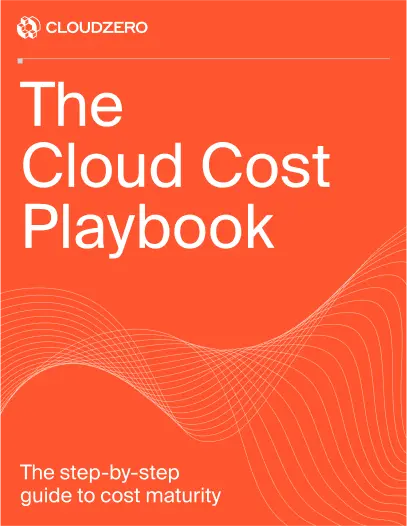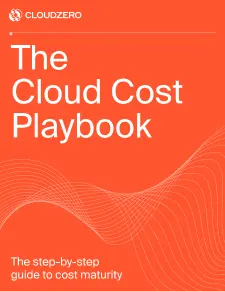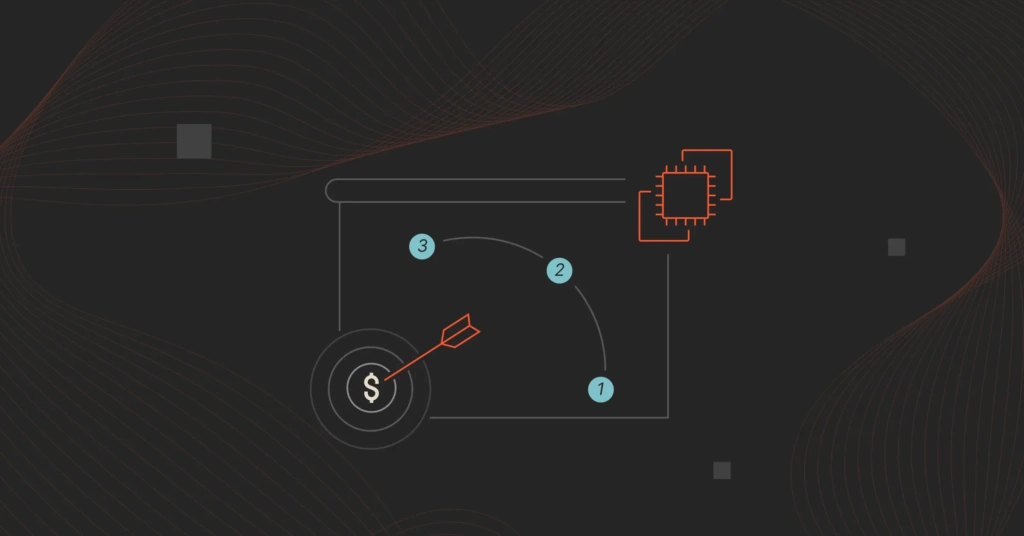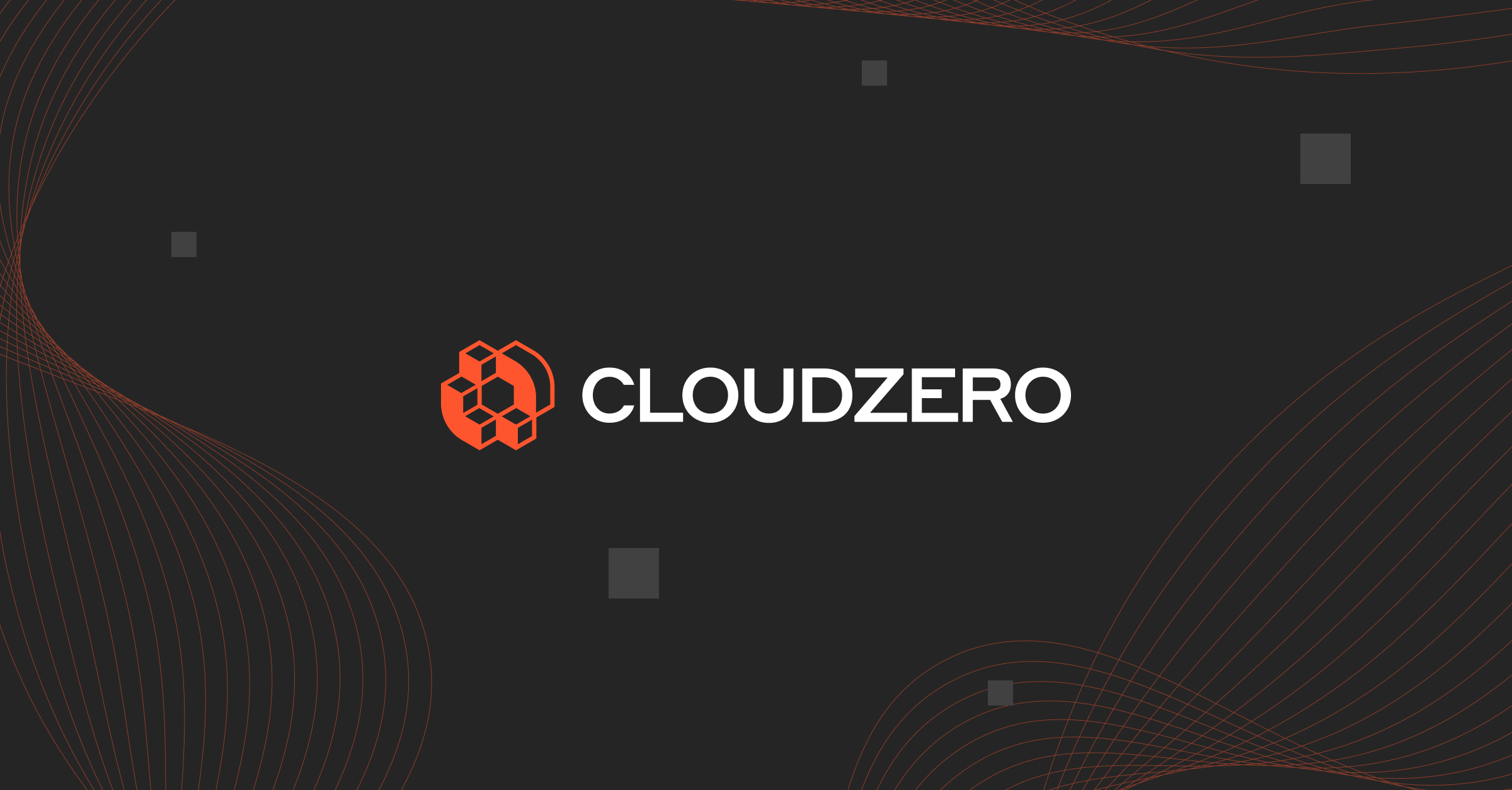From the time I joined CloudZero almost two years ago, one thing was unmistakably clear: the team here had built the most powerful cost allocation engine in the FinOps industry.
It was also clear that this power came with something of a tradeoff. While engineers and technical FinOps practitioners loved what our YAML-based CostFormation engine could do, the experience wasn’t always simple for non-technical people getting their hands on the product for the first time.
In early October 2025, we announced Dimension Studio, a brand-new capability that changes that equation. Dimension Studio delivers an extremely easy, modern, point-and-click experience for building dimensions, so finance, product, engineering, DevOps, and FinOps teams alike can all participate in cost allocation without writing a single line of code.
Dimension Studio delivers an extremely easy, modern, point-and-click experience for building dimensions, so finance, product, engineering, DevOps, and FinOps teams alike can all participate in cost allocation without writing a single line of code.
But let me be very clear: this doesn’t mean we are trying to hedge the original bet we made by starting with a code-first foundation. In fact, quite the opposite. That choice is exactly what enabled us to build the most accurate and flexible allocation platform in the space that has been serving the most sophisticated allocation use cases at organizations across the world.
Dimension Studio doesn’t replace CostFormation® or YAML. It builds on top of it.
The result is the best of both worlds: a cost allocation engine powerful enough to handle the most complex enterprise use cases, with a user experience simple enough for anyone to use.

The Cloud Cost Allocation Challenge
Cloud cost allocation is one of the most important and complex challenges in modern FinOps. It’s not just about pulling numbers from a bill and pushing them into a dashboard. True allocation must reflect the messy, evolving reality of your business and technology.
Here are just a few of the challenges organizations face:
- Multi-cloud and hybrid environments: Very few, if any, enterprises are running workloads in one neat, well-tagged account. They’re spread across AWS, Azure, GCP, Snowflake, Databricks, and a plethora of other PaaS, SaaS, and AI platforms.
- Tagging hygiene: Even in the best-run organizations, resources are tagged inconsistently, tags drift over time, legacy services may never have been tagged in the first place, and certain resources simply can’t be tagged at all.
- Shared resources: Databases, Kubernetes clusters, AI/ML training jobs, or networking costs often serve multiple teams, customers, or products at once, making them nearly impossible to accurately split with basic rules.
- Business variability: SaaS businesses may need to align costs to usage-based pricing models, while enterprises with global operations need to slice spend by region, customer segment, or internal P&L structure.
- Organizational change: Companies reorganize, product lines evolve, acquisitions happen. Cost allocation rules must adapt as the business changes.
Point-and-click UIs can handle the easy scenarios. But when you’re facing all of the above, and your finance team needs reliable reporting every month, shortcuts don’t cut it.
This is why we started with a different approach.
Why We Built CostFormation As A Code-First Experience
From the very beginning, our founders chose YAML as the backbone of our allocation engine. YAML is a human-readable, structured language that makes it possible to describe cost allocation rules with a level of precision and flexibility that other approaches simply can’t match.
That precision is critical. In the real world, organizations need to allocate costs across messy, complex environments: shared Kubernetes clusters, untagged resources spread across accounts, or AI training workloads that need to be apportioned to multiple customers. With CostFormation, customers can define these rules exactly, knowing the math will hold up under scrutiny.
Just as importantly, YAML gives us flexibility. Because it’s expressive, it can capture edge cases that a UI-based editor would never anticipate. If your business model changes tomorrow, you don’t need to wait for us to ship new functionality. You can jump right in and describe how the business has changed via YAML. That adaptability has been a huge advantage for our customers as their organizations evolve.
YAML is also uniquely positioned for the future. As AI reshapes FinOps, YAML serves as a machine-readable definition language that can be combined with large language models. Imagine describing your allocation in plain English and having an LLM generate your precise cost allocation rules for you. That kind of automation simply isn’t possible with rigid, no-code editors.
Finally, YAML gives our customers durability. Definitions are versionable, auditable, and portable, which means they scale with you as your business grows, rather than locking you into an interface that eventually collapses under complexity.
We’re proud of this decision. It’s what enabled us to build CostFormation into the most accurate and flexible allocation engine in the FinOps industry, and it’s why that foundation continues to set CloudZero apart today.
The Evolution: Introducing Dimension Studio
Now, with Dimension Studio, we’re continuing to build upon that foundation.
Dimension Studio provides a simple, intuitive, point-and-click interface that allows any user to create and manage dimensions in CloudZero. Finance, product, and engineering teams can all define allocation rules in just a few clicks, without writing a line of code.
- For simple rules, users can quickly define dimensions via the UI.
- For advanced cases, the in-console code editor is right there, ready to handle complexity, scale, and edge cases.
- But why choose? Dimension Studio allows users to flip back and forth instantaneously to edit allocation rules in whatever way best suits the users needs in that exact moment.
This is where CloudZero stands apart. Others who prioritized simplicity early on now face limitations. They can’t handle the complexity enterprises demand. CloudZero, on the other hand, started with power, flexibility, and accuracy, and now adds simplicity on top.
What This Means For Our Customers
But let’s make this real: What does this foundation actually mean for the people who use CloudZero?
Finance leaders don’t need to learn to code, or get time from an engineer, to contribute to, and get all the benefits of, accurate allocation mapping. Finance teams rely on CloudZero’s curated dashboards, financial-ready reports, and unit economics, and now they can create and edit the dimensions they need in a matter of minutes.
It also benefits engineering teams, who may be familiar with YAML but now can allocate even the most complex workloads faster and easier than ever before. As one customer recently explained when they started using Dimension Studio: “The platform now lets us allocate AI spend by region, client, and platform, without relying on tags or writing YAML.”
“The platform now lets us allocate AI spend by region, client, and platform, without relying on tags or writing YAML.”
And users all across our customers’ businesses benefit from having a single platform and single source of truth. Finance, product, and engineering all see the same truth in CloudZero. Whether it’s reporting costs by customer, understanding gross margins by product line, or tracking R&D investment by team, CloudZero unifies stakeholders with a single allocation model.
CloudZero has always believed that solving cloud cost allocation requires both technical precision and business accessibility.
With CostFormation, we built the most powerful and flexible allocation engine in FinOps. With Dimension Studio, we’ve added the usability to bring every stakeholder to the table.
The result is a platform that works for engineers, finance, and product leaders alike, delivering accuracy, scalability, and collaboration that no other solution can match.
Want to learn more? Join us for our webinar on Oct. 30 on cloud cost allocation to see how CloudZero is changing the game.








